5-bladed Vertical Axis Wind Turbine CFD, A Fluent Simulation Tutorial
5-bladed Vertical Axis Wind Turbine CFD, A Fluent Simulation Tutorial
- Upon ordering this product, you will be provided with a geometry file, a mesh file, and an in-depth Training Video that offers a step-by-step training on the simulation process.
- For any more inquiries regarding the product, please do not hesitate to reach out to us at info@CFDLAND.com or through our online support assistant.
€165 Original price was: €165.€125Current price is: €125.
The 5-bladed Vertical Axis Wind Turbine (VAWT) represents an innovative step in renewable energy technology. Unlike common propeller-style turbines, a VAWT rotates around a vertical axis. Because of this design, it can capture wind from any direction without needing a mechanism to turn it. This specific design uses five precisely angled blades to maximize the conversion of wind energy into electricity. A 5-bladed Vertical Axis Wind Turbine CFD simulation is the best way to understand the complex aerodynamics and optimize its performance.
In this project, we use a detailed CFD simulation to analyze the performance of a 5-bladed VAWT. The main goal is to study the airflow patterns, the wake structure, and the turbulence created by the turbine. This analysis provides the essential data needed to improve the design for better power output.

Figure 1: Schematic showing the design and blade arrangement for the 5-bladed Vertical Axis Wind Turbine CFD simulation.
Simulation Process: CFD Modeling of Rotation with Sliding Mesh in Fluent
The simulation process began with building an accurate 3D model. First, one turbine blade was created in ANSYS Design Modeler using a set of coordinate points. Then, this single blade was copied and rotated to create the complete 5-bladed VAWT. The turbine was placed inside a circular rotating zone, which was itself inside a large, stationary box representing the surrounding air. Next, the computational domain was meshed. A very fine boundary layer mesh was generated on the blade surfaces to accurately capture the flow details.

Figure 2: A close-up view of the fine boundary layer mesh on the blade walls.

Figure 3: The generated mesh for the 5-bladed Vertical Axis Wind Turbine, showing the rotating and stationary zones.
After that, the physics were set up in ANSYS Fluent. The key to this 5-bladed VAWT Fluent simulation is the Sliding Mesh technique. This powerful feature allows the inner circular domain to spin along with the turbine, while the outer domain remains still. The software correctly calculates how the air flows across the moving boundary between the two zones. The k-omega SST turbulence model was chosen because it is excellent for predicting flow behavior close to the rotating blades.
Post-Processing: CFD Analysis of Flow Acceleration, Wake, and Turbulence
A detailed analysis of the simulation results reveals the complex physics of the turbine’s operation. The velocity contour in Figure 4 provides a clear picture of the airflow. We can see high-velocity zones, shown in red and yellow, in the gaps between the blades. Here, the air accelerates to a maximum speed of approximately 41.4 m/s. This flow acceleration is a key part of how the turbine extracts momentum from the wind and converts it into rotational power. As the flow moves past the turbine, it creates a distinct wake—a region of slower, disturbed air. The wake has a clear wave-like pattern, which shows that vortices are being shed from the spinning blades. This Wake Structure CFD analysis is critical for planning wind farms, as it helps engineers determine the optimal spacing between turbines to avoid power loss.
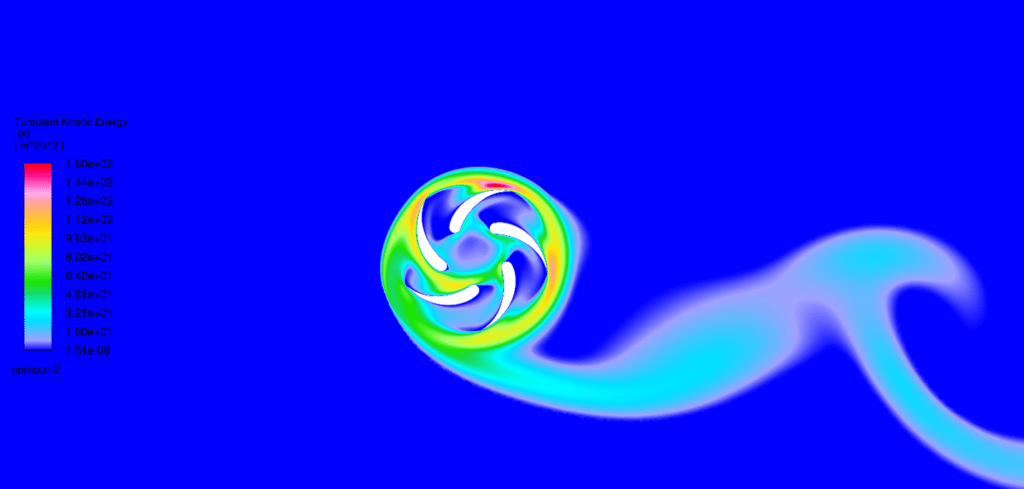
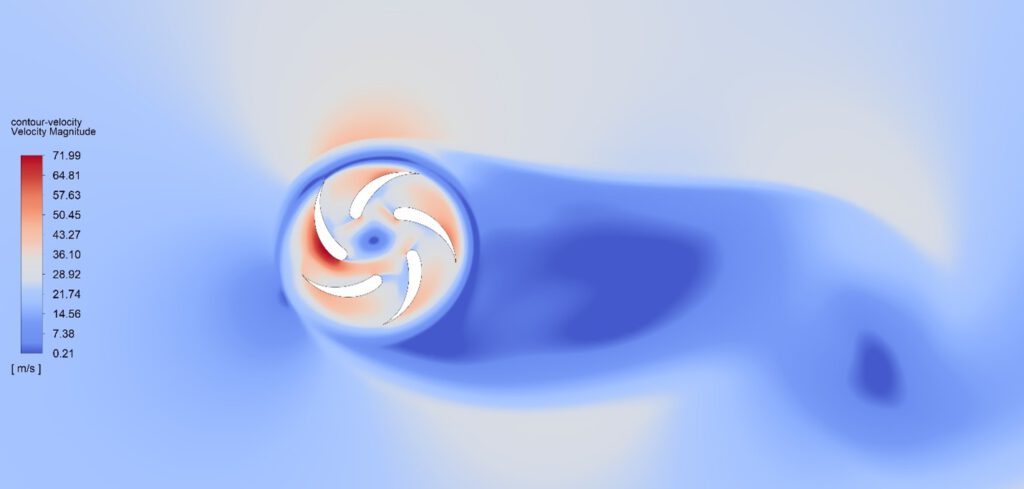
Figure 4: Contours of velocity and turbulent kinetic energy (TKE) around the 5-bladed VAWT, showing the flow acceleration and turbulent wake.
The contour for Turbulent Kinetic Energy (TKE) gives us an even deeper understanding. TKE is a measure of the intensity of turbulence, or chaos, in the flow. The TKE contour shows that the highest levels of turbulence are found in the wake, right behind the rotor, which perfectly matches the vortex shedding pattern seen in the velocity plot. This high turbulence is where the energy taken from the wind is being mixed and dissipated into the surrounding air. Eventually, this mixing process helps the wake recover its speed far downstream. Together, these contours provide a complete story: the velocity plot shows how much energy is extracted, and the TKE plot shows how that energy creates the complex, turbulent wake. This comprehensive analysis is a major achievement of our 5-bladed Vertical Axis Wind Turbine Fluent simulation.
We pride ourselves on presenting unique products at CFDLAND. We stand out for our scientific rigor and validity. Our products are not based on guesswork or theoretical assumptions like many others. Instead, most of our products are validated using experimental or numerical data from valued scientific journals. Even if direct validation isn’t possible, we build our models and assumptions on the latest research, typically using reference articles to approximate reality.
Yes, we’ll be here . If you have trouble loading files, having technical problems, or have any questions about how to use our products, our technical support team is here to help.
You can load geometry and mesh files, as well as case and data files, using any version of ANSYS Fluent.
€175 Original price was: €175.€150Current price is: €150.

€220 Original price was: €220.€195Current price is: €195.

€280 Original price was: €280.€145Current price is: €145.

€180 Original price was: €180.€99Current price is: €99.

€120 Original price was: €120.€65Current price is: €65.

€245 Original price was: €245.€185Current price is: €185.


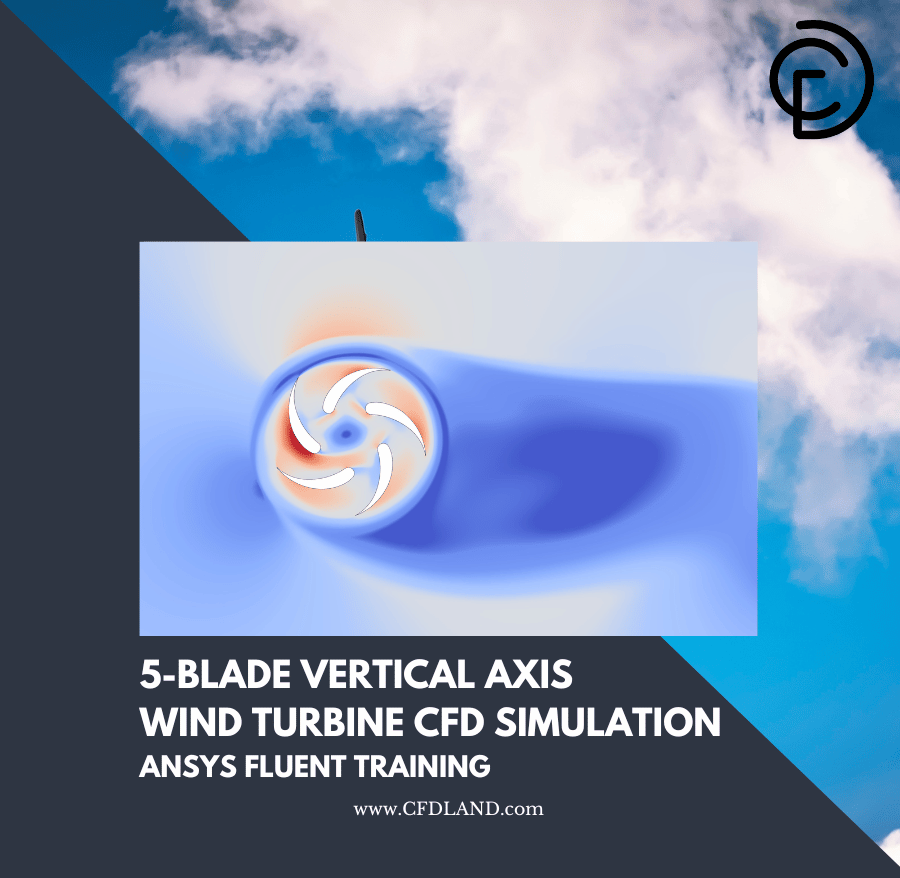










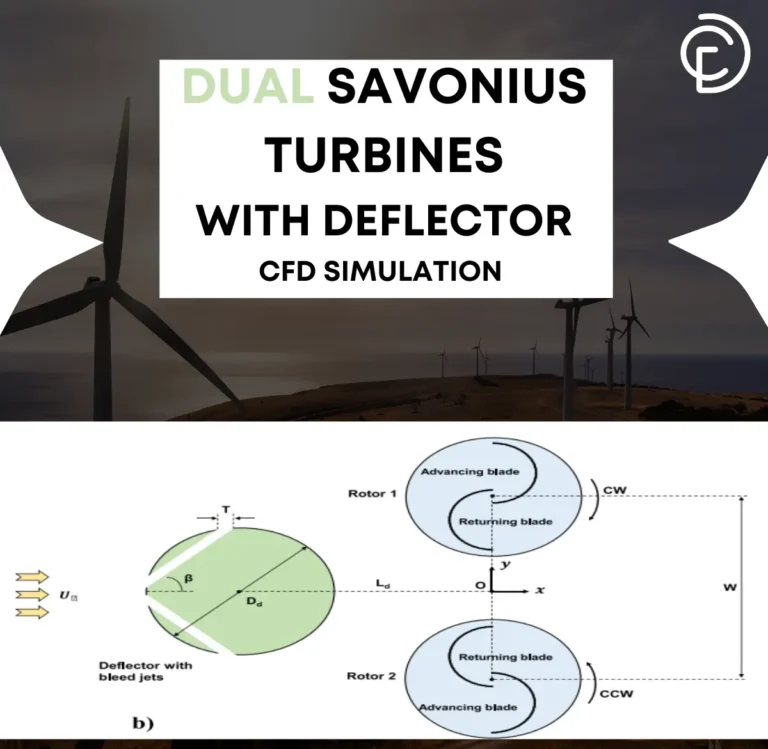
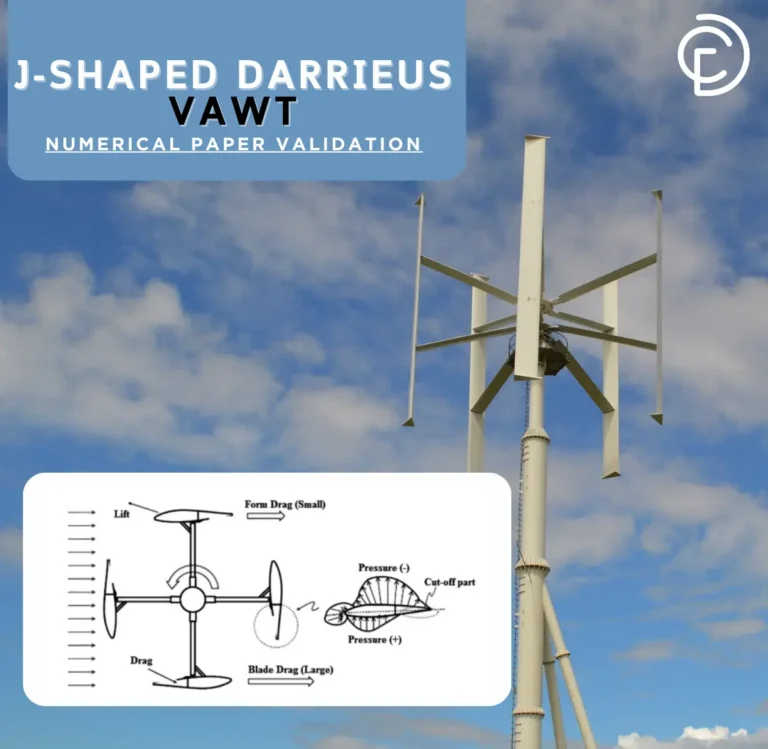

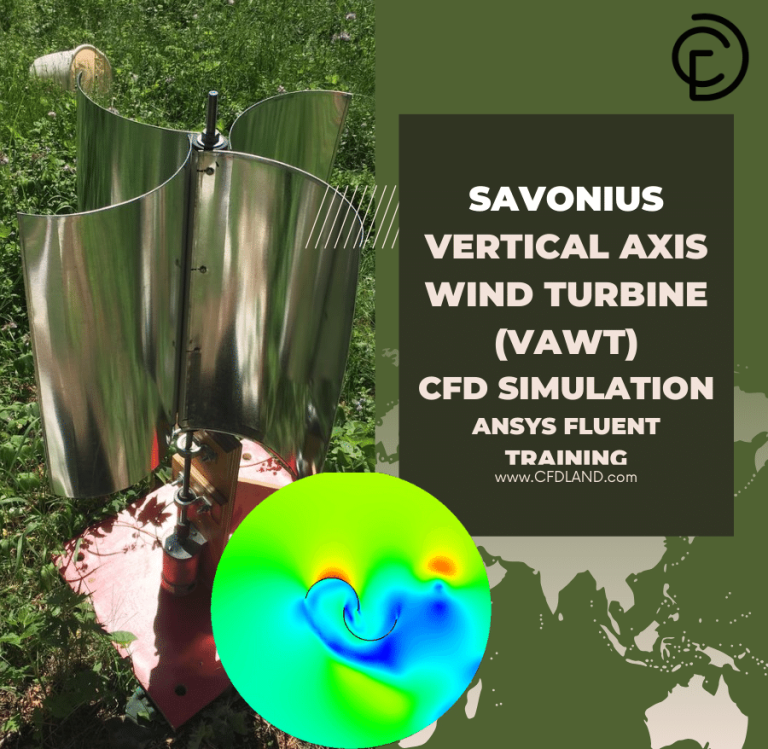


Reviews
There are no reviews yet.